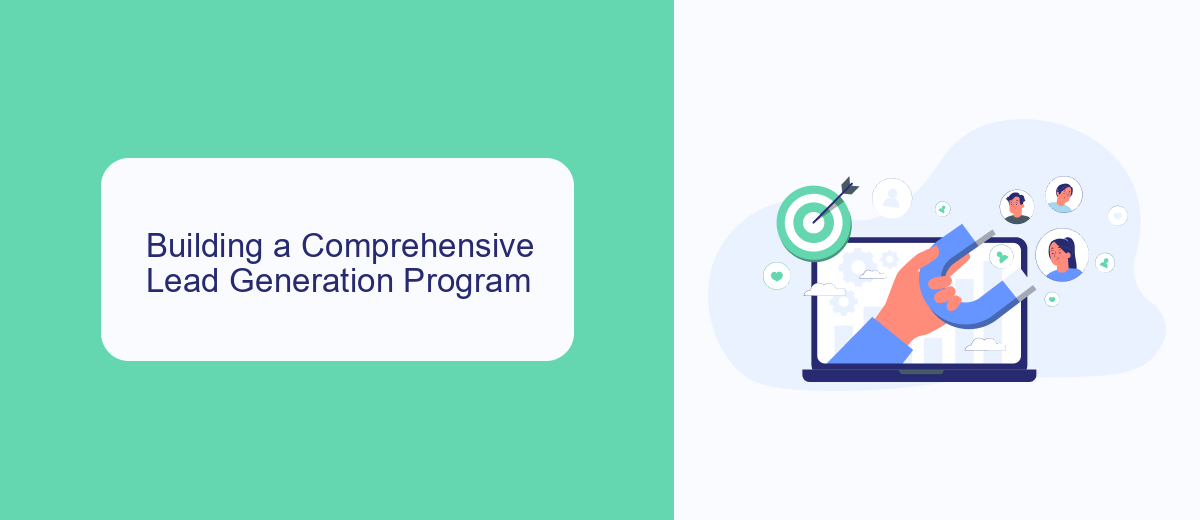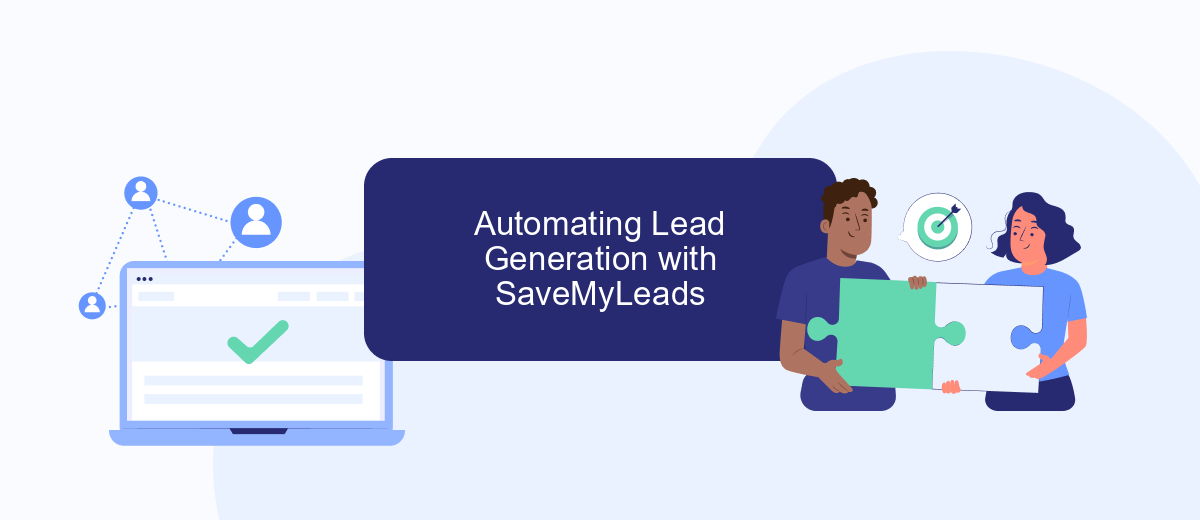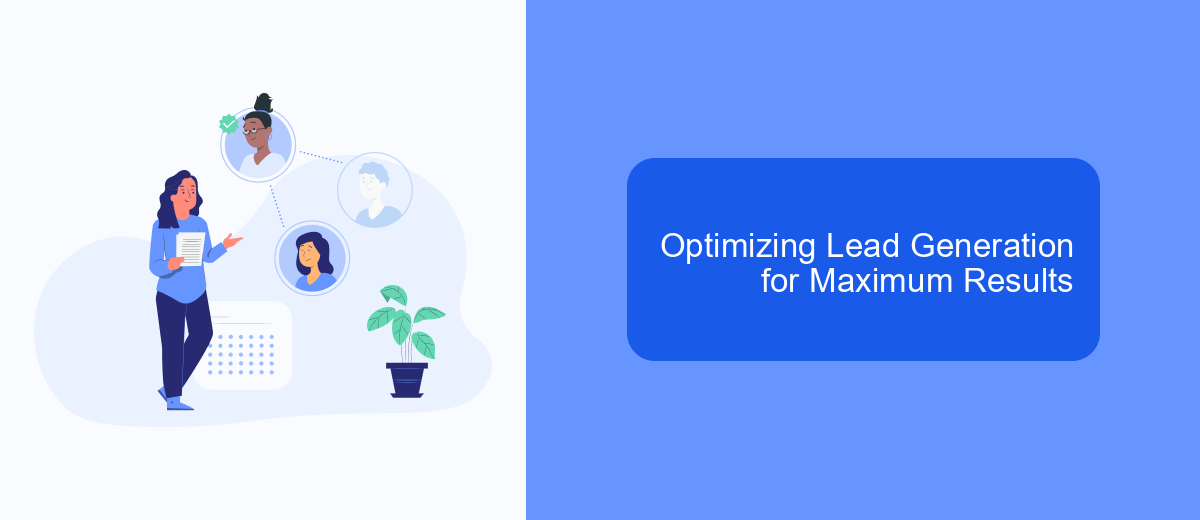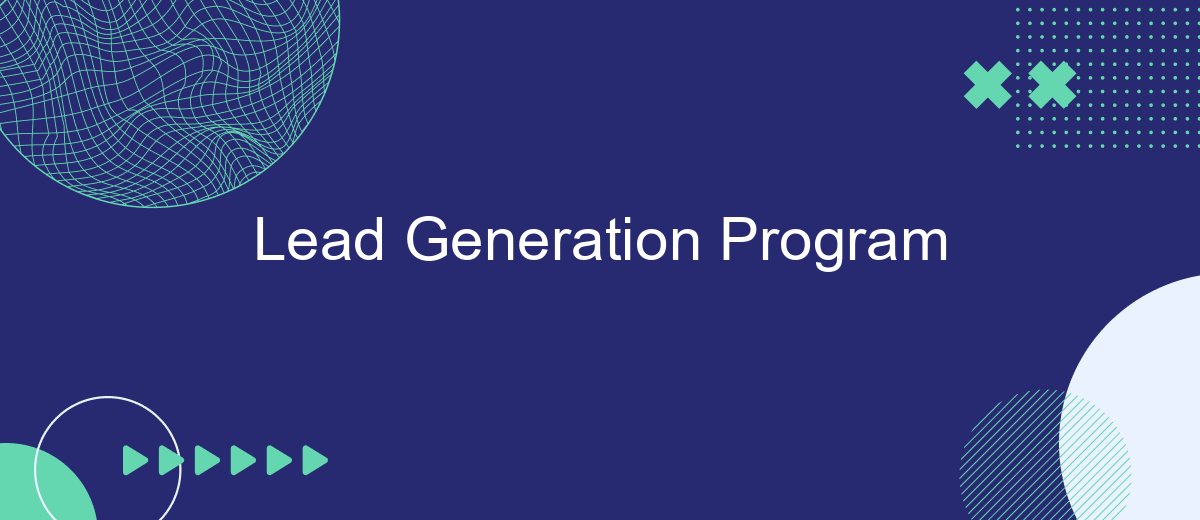In today's highly competitive market, a robust lead generation program is essential for businesses aiming to thrive and grow. By effectively identifying and nurturing potential customers, companies can significantly enhance their sales pipeline and conversion rates. This article delves into the key components of a successful lead generation strategy, offering actionable insights and best practices to optimize your efforts.
Defining Lead Generation and Its Importance
Lead generation is the process of attracting and converting strangers and prospects into someone who has indicated interest in your company's product or service. This is a crucial aspect of any business strategy as it helps in building a pipeline of potential customers who can be nurtured into loyal clients.
- Identifying target audience
- Creating compelling offers
- Utilizing various marketing channels
- Tracking and analyzing data
The importance of lead generation cannot be overstated. It ensures that your sales team has a steady stream of qualified leads to work with, thus improving the chances of converting them into actual sales. Tools like SaveMyLeads can automate the process of capturing and integrating leads from different platforms, making it easier to manage and nurture them effectively.
Building a Comprehensive Lead Generation Program

Building a comprehensive lead generation program begins with understanding your target audience and creating a strategic plan tailored to their needs. Start by identifying your ideal customer profile and segmenting your audience based on demographics, behavior, and preferences. Utilize a mix of inbound and outbound marketing techniques, such as content marketing, social media campaigns, email marketing, and paid advertising, to attract and engage potential leads. Consistently track and analyze the performance of your campaigns to optimize your strategies and ensure maximum ROI.
Integrating your lead generation efforts with CRM systems and marketing automation tools is crucial for seamless workflow and efficient lead management. Services like SaveMyLeads can significantly streamline this process by automating data transfer between various platforms, ensuring that no lead falls through the cracks. SaveMyLeads allows you to connect your lead generation sources with CRM systems, email marketing tools, and other applications, enabling real-time synchronization and enhanced productivity. By leveraging such integrations, you can focus more on nurturing relationships and converting leads into loyal customers.
Automating Lead Generation with SaveMyLeads

Automating lead generation can significantly enhance your marketing efficiency and save valuable time. SaveMyLeads offers a seamless solution to connect various services and automate lead collection, ensuring that no potential customer slips through the cracks.
- Integrate your CRM with popular platforms like Facebook, Google Ads, and Instagram using SaveMyLeads.
- Automatically transfer new leads from social media ads to your CRM without manual input.
- Receive instant notifications about new leads via email or messenger apps to respond promptly.
- Customize workflows to match your specific business needs and streamline the lead management process.
By leveraging SaveMyLeads, businesses can automate repetitive tasks, reduce errors, and focus on nurturing relationships with potential clients. This powerful tool not only simplifies lead generation but also enhances overall productivity, allowing your team to concentrate on closing deals and driving growth.
Optimizing Lead Generation for Maximum Results

Optimizing your lead generation program is crucial for achieving maximum results. The first step involves analyzing your current strategies and identifying areas for improvement. By understanding what works and what doesn’t, you can make data-driven decisions to enhance your efforts.
Next, consider integrating automation tools to streamline your processes. Automation not only saves time but also ensures consistency and accuracy in lead management. For instance, SaveMyLeads offers seamless integration with various platforms, enabling you to automate lead capture and follow-up processes efficiently.
- Analyze current strategies
- Integrate automation tools
- Utilize data-driven insights
- Leverage multi-channel approaches
- Continuously monitor and adjust
Finally, leveraging a multi-channel approach can significantly boost your lead generation efforts. By engaging potential leads through various channels such as social media, email, and content marketing, you increase your chances of capturing their interest. Continuously monitor your results and adjust your strategies accordingly to ensure ongoing optimization and success.
Measuring and Iterating for Continuous Improvement
To ensure the effectiveness of your lead generation program, it's essential to regularly measure its performance and iterate for continuous improvement. Start by setting key performance indicators (KPIs) such as conversion rates, cost per lead, and lead quality. Utilize analytics tools to track these metrics and gather actionable insights. Regularly review your data to identify trends and areas for improvement. This data-driven approach allows you to make informed decisions and adjust your strategies accordingly.
Integrating various tools and services can streamline your lead generation process and enhance performance. For example, SaveMyLeads offers seamless integration with multiple platforms, automating the transfer of leads between systems and reducing manual effort. By leveraging such integrations, you can ensure that your data is accurate and up-to-date, enabling more precise measurement and optimization. Continuously test different approaches, analyze the results, and refine your methods to maximize the efficiency and effectiveness of your lead generation program.
FAQ
What is a Lead Generation Program?
How can I measure the effectiveness of my Lead Generation Program?
What are some common methods for generating leads?
How can automation help in lead generation?
What should I look for in a lead generation tool?
What do you do with the data you get from Facebook lead forms? Do you send them to the manager, add them to mailing services, transfer them to the CRM system, use them to implement feedback? Automate all of these processes with the SaveMyLeads online connector. Create integrations so that new Facebook leads are automatically transferred to instant messengers, mailing services, task managers and other tools. Save yourself and your company's employees from routine work.
